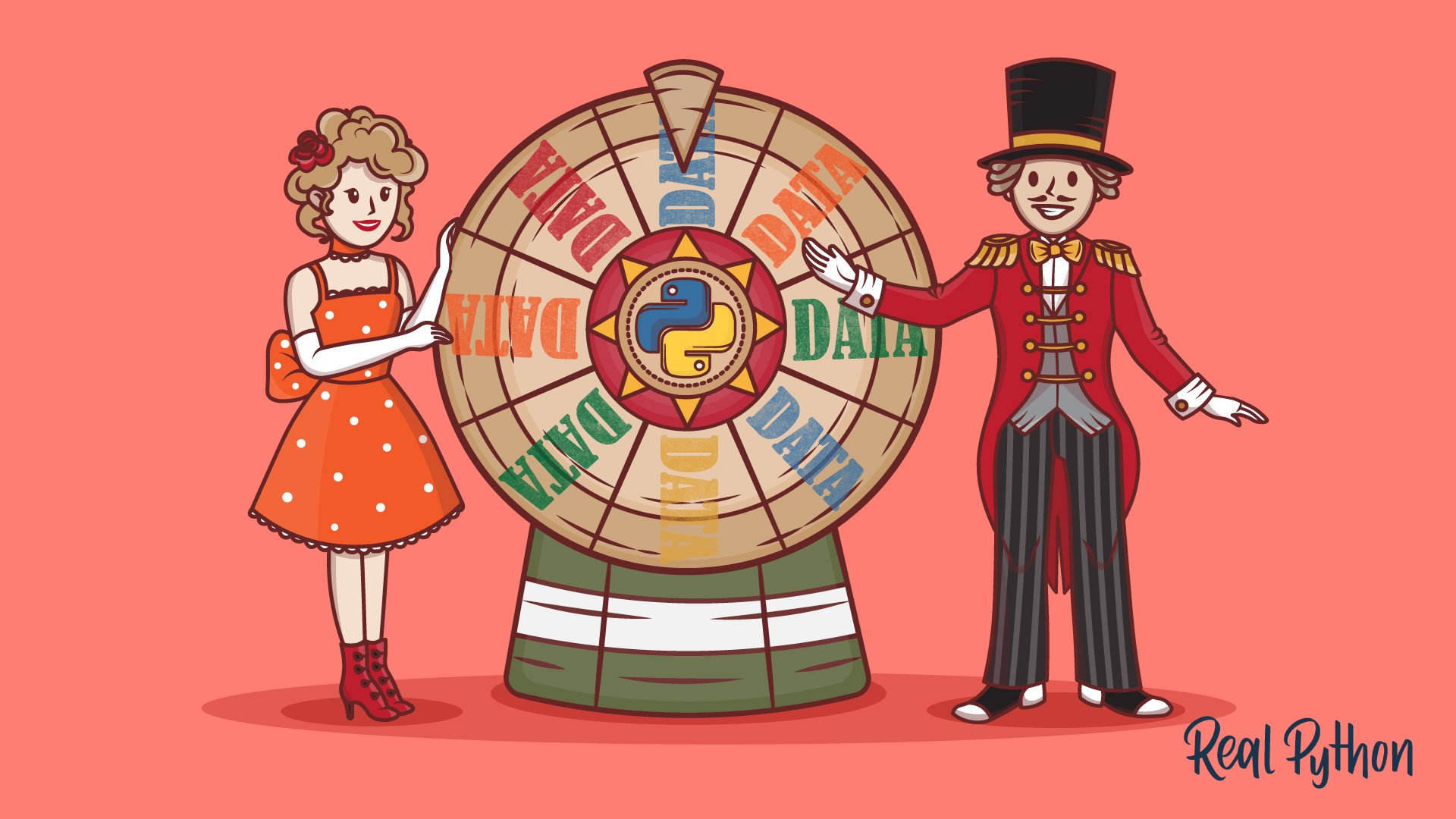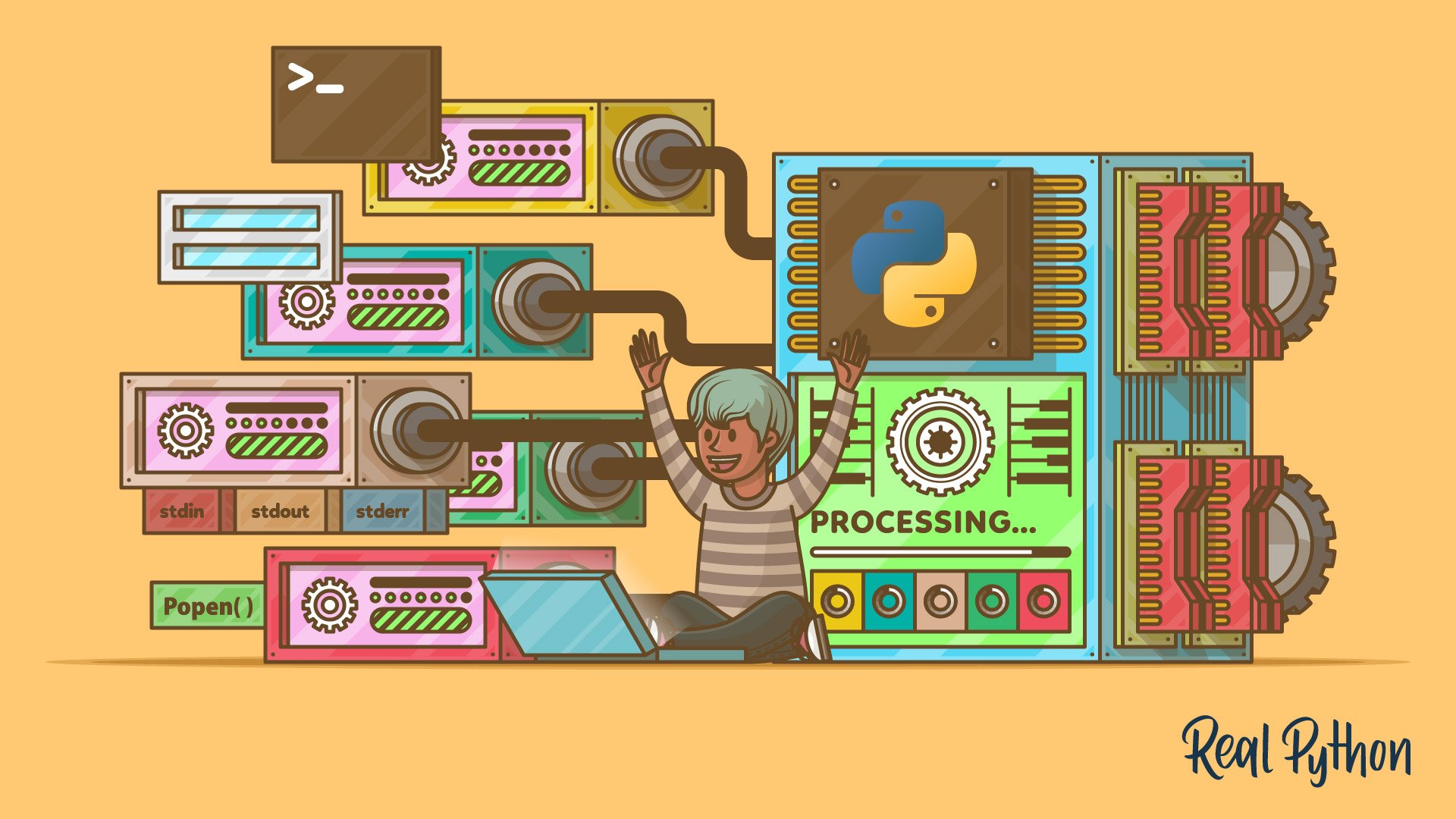These days, developers are highly likely to be working on a mobile or web application. Python doesn’t have built-in mobile development capabilities, but you can create mobile applications by using libraries like Kivy, PyQt, or even Beeware’s Toga library.
These libraries are all major players in the Python mobile space. However, there are some benefits that you’ll enjoy if you choose to create mobile applications with Kivy. Not only will your application look the same on all platforms, but you also won’t need to compile your code after every change. What’s more, you’ll be able to use Python’s clear syntax to build your applications.
In this video course, you’ll learn how to:
- Work with Kivy widgets
- Lay out the user interface (UI)
- Add events
- Use the KV language
- Create a calculator application
- Package your application for Windows, Linux, and macOS
- Research the tools to package for iOS and Android
To complete this video course, you’ll need to be familiar with object-oriented programming. If you’re not, then check out Object-Oriented Programming (OOP) in Python 3 as either a written tutorial or a video course.
What’s Included:
- 12 Lessons
- Video Subtitles and Full Transcripts
- 2 Downloadable Resources
- Accompanying Text-Based Tutorial
- Q&A With Python Experts: Ask a Question
- Certificate of Completion
Downloadable Resources:
Related Learning Paths:













